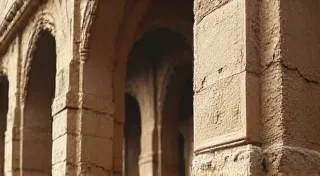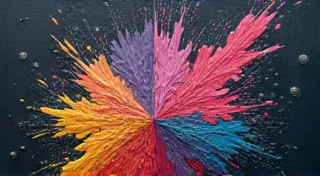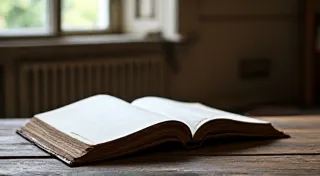The Reservoir of Memory: Preserving the Ghosts of Lost Narratives
There's a profound stillness that settles when you hold a vintage fountain pen. It’s not merely the absence of noise, but a quietude filled with echoes – the faint whisper of a past author, the ghost of stories yet untold. We, as collectors and repairers, aren’t just safeguarding objects; we’re acting as custodians of memories, preserving tangible links to the individuals who shaped our literary landscape. These aren’t just writing instruments; they are reservoirs of narrative.
My fascination began, as many do, with an impulse buy. An unremarkable Parker 51, found tucked away in a dusty antique shop. I intended only to clean it, to make it usable again. But the moment I held it, felt the cool metal against my fingertips, I was transported. I started to imagine the hands that had previously gripped it – the hurried notes of a journalist chasing a deadline, the careful inscription of a heartfelt letter to a loved one, the diligent record-keeping of a scholar dedicated to knowledge. It wasn't just a pen; it was a portal.
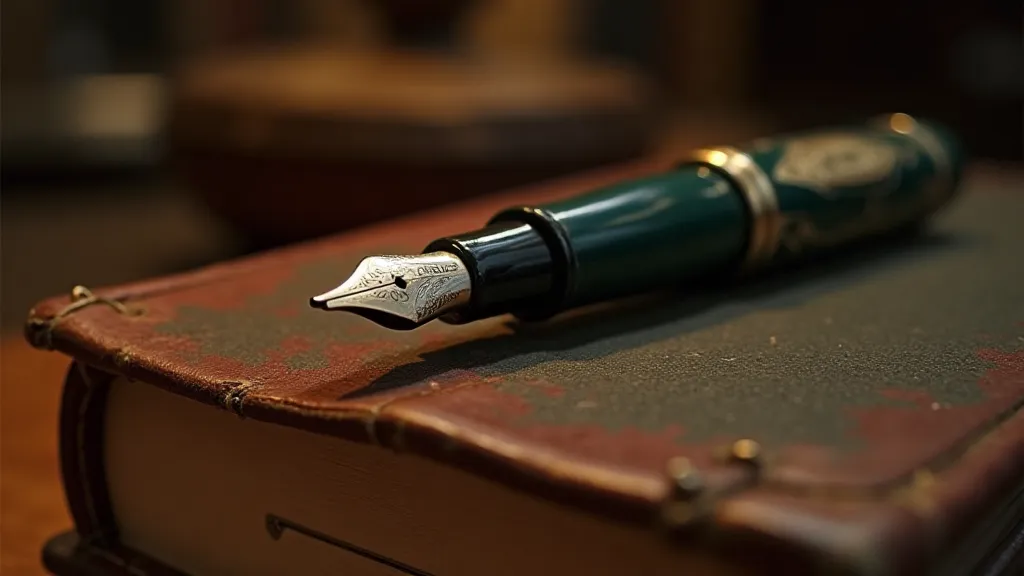
The Craftsmanship of Eras Past
The quality of craftsmanship in vintage pens is often breathtaking. Consider the meticulous engraving on a Waterman's Ideal, the intricate piston mechanism of a Montblanc, or the elegant simplicity of a Sheaffer Lifetime. These weren’t mass-produced commodities; they were objects crafted with an attention to detail rarely seen today. The materials themselves tell a story - ebonite, hard rubber, precious metals – each chosen for its durability and aesthetic appeal. These choices reflect a time when quality was paramount, and items were intended to last a lifetime, or even generations. The selection of these materials – the feel of the ebonite, the gleam of the gold – all contributed to the overall experience. One might delve deeper into the significance of these choices by exploring the broader context of vintage pen materials, revealing a fascinating study in design and durability; you can find further insights into this subject with a look at The Resonance of Brass: A Deep Dive into Vintage Pen Materials.
Repairing these pens isn't simply about replacing a sac or cleaning a nib. It's about understanding the construction, appreciating the nuances of the original design, and respecting the skills of the artisan who created it. Each component – the barrel, the cap, the section, the nib – played a vital role in the overall function and aesthetics. The repair process, therefore, becomes a form of archeology, uncovering the secrets of a bygone era. It’s a painstaking process, requiring not only technical skill but also a deep appreciation for the artistry involved. Sometimes, a seemingly straightforward repair can uncover unexpected complexities, revealing insights into the maker’s techniques and the evolution of pen design.
Unearthing the Stories: Research and Provenance
The real joy of collecting and repairing vintage pens often comes from researching their history and attempting to trace their provenance. Understanding the model, the date of manufacture, and even the original retailer can provide invaluable insights into the pen’s potential past. Serial numbers, markings on the barrel or cap, and advertisements from the period can all be clues in this fascinating detective work. Sometimes, you might be incredibly lucky and find a pencil marking within the barrel—a forgotten notation by the original owner. This kind of investigative work often leads to the rediscovery of lesser-known pen manufacturers, their stories obscured by the passage of time. Those interested in learning more about these forgotten makers will find a wealth of information in Whispers From the Vault: Documenting Forgotten Pen Makers.
It's a process that often leads down unexpected rabbit holes. A seemingly ordinary Parker 51 might turn out to have belonged to a minor poet whose work has faded into obscurity, or a Conway Stewart pen might have been a cherished gift between family members. The more you learn about a pen, the more deeply you connect with its story and the potential narratives it has borne witness to. Tracing a pen's journey can be like piecing together fragments of a larger historical puzzle, revealing connections between seemingly disparate events and individuals.
The Pen as a Witness
Imagine the conversations overheard by a pen tucked into the pocket of a war correspondent, diligently recording the horrors and triumphs of a conflict. Or consider the love letters penned with a delicate Esterbrook, conveying emotions that spanned continents and defied distance. Each scratch, each imperfection, each subtle mark tells a silent story—a testament to the pen's long and eventful life. The nib itself holds a unique history, shaped by countless strokes, having translated thoughts into words on countless sheets of paper. It's easy to envision the countless narratives imprinted onto paper through the tip of a vintage nib – poems, letters, manuscripts, business documents. The very act of writing, of translating thoughts into tangible words, has been a cornerstone of human communication for centuries.
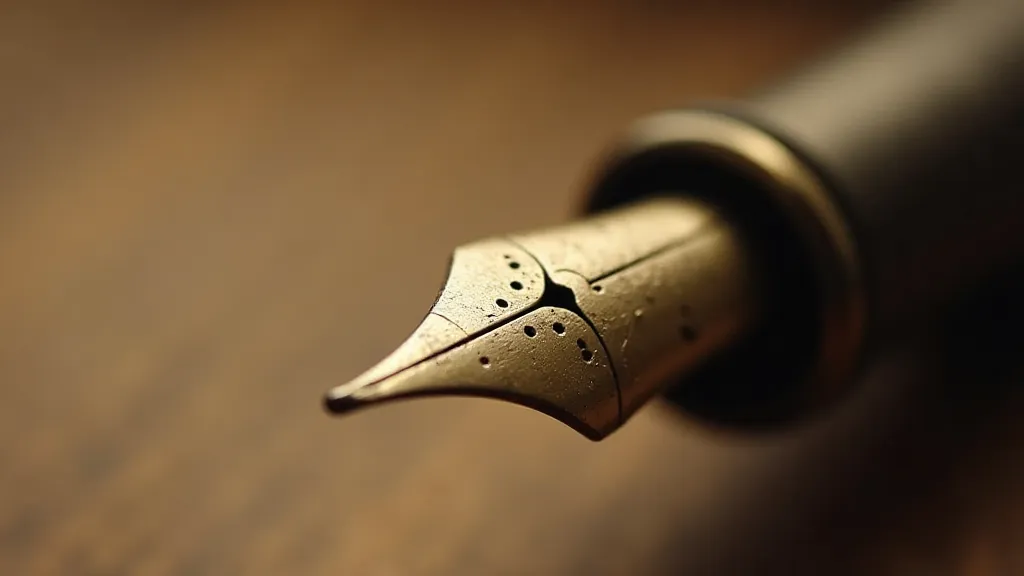
The Responsibility of Preservation
As custodians of these objects, we have a responsibility to preserve them not only for our own enjoyment but for future generations. Proper storage, careful handling, and appropriate restoration techniques are crucial to ensuring their longevity. The goal isn't to create a pristine, factory-fresh pen but to return it to a usable and aesthetically pleasing state while respecting its age and character. Over-restoration can erase the history and the charm of a vintage pen; a few scratches and a slight patina can speak volumes about its journey. The history of writing instruments is a rich tapestry, and understanding how they've evolved over time provides a fascinating perspective on technological innovation and cultural trends. For those seeking a broader understanding of this evolution, a closer examination of The Cartographer of Ink: Mapping the Evolution of Writing Instruments is recommended.
The repairs themselves are acts of reverence. Disassembling a pen, cleaning its components, and reassembling it with care is an intimate process – a way of connecting with the skills of the original maker and the potential users throughout its life. It’s a humbling experience to realize that you’ve played a small part in keeping a piece of history alive. Restoring a vintage pen isn’s simply about mechanical function; it's about honoring the ingenuity and artistry of the past and ensuring that these objects continue to inspire future generations.
Beyond the Object: The Emotional Resonance
Ultimately, the appeal of vintage pens lies beyond their material value or mechanical function. It’s the emotional resonance—the sense of connection to the past, the appreciation for craftsmanship, and the fascination with untold stories. Holding a vintage pen is more than just holding an object; it’s holding a piece of history, a tangible link to the individuals who shaped our world. The subtle scent of aged materials, the smooth feel of the barrel in one's hand – these sensory details contribute to the overall experience, creating a connection to a bygone era. And the act of writing with a vintage pen, of feeling the ink flow from the nib onto the page, is a uniquely tactile and satisfying experience.
I've found myself wondering about the previous owners of the pens I’ve restored. What were their lives like? What were their hopes and dreams? And what stories did they write with the pens in their hands? The answers may forever remain elusive, but the questions themselves enrich the experience, transforming a simple act of repair into a journey of discovery. The inks used to write these stories also held a certain character; some were vibrant and bold, while others were subtle and nuanced. Those interested in experimenting with these historical inks and papers will find a rewarding exploration in The Alchemist's Palette: Experimenting with Vintage Ink and Paper.
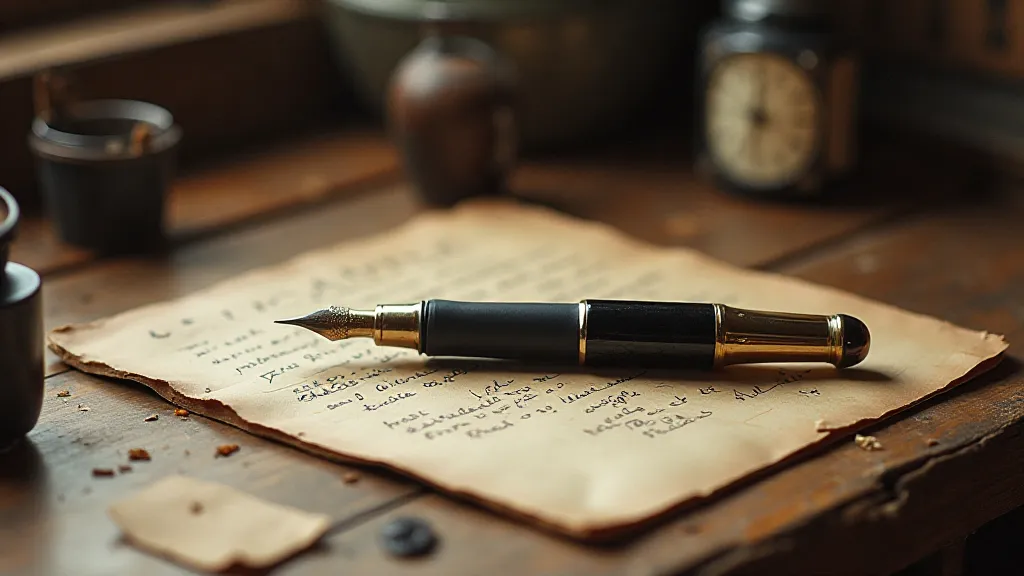
The reservoir of memory isn't just contained within the pen itself, but within the stories it carries. And as collectors and repairers, we are entrusted with keeping those narratives afloat, ensuring that the ghosts of lost narratives continue to whisper across the generations. It’s a privilege to be a caretaker of these tangible links to the past, preserving not only the objects themselves but also the memories and stories they embody. The legacy of these pens extends far beyond their material value; they are vessels of human experience, offering glimpses into the lives of those who came before us. And as long as we continue to appreciate their beauty, craftsmanship, and historical significance, they will continue to inspire and captivate us for generations to come.

